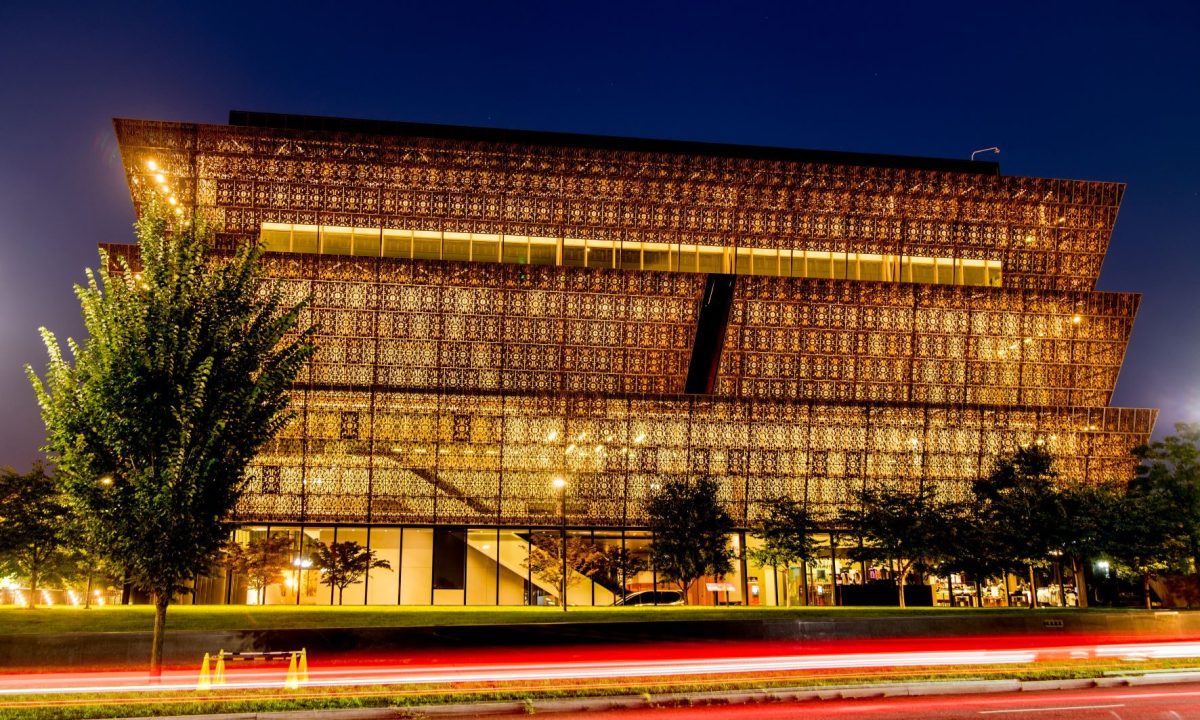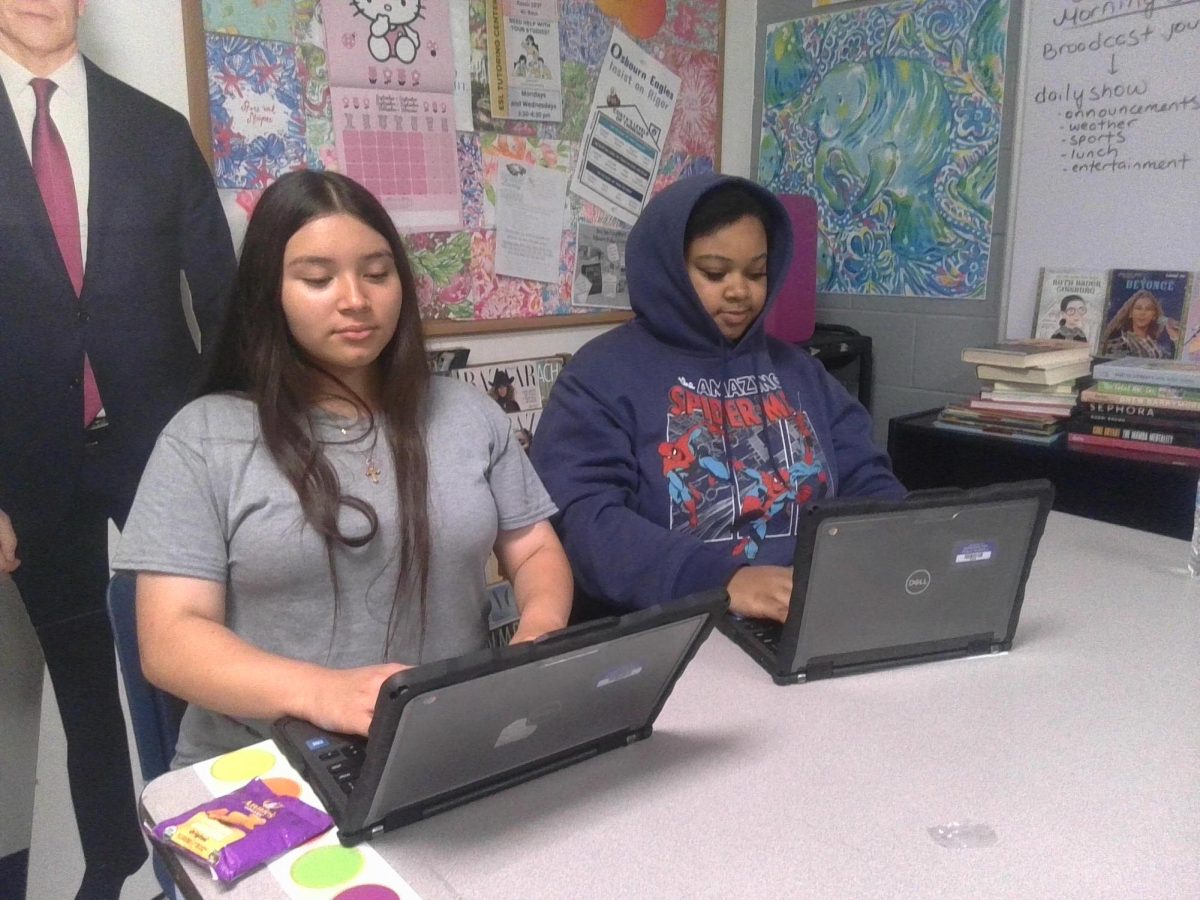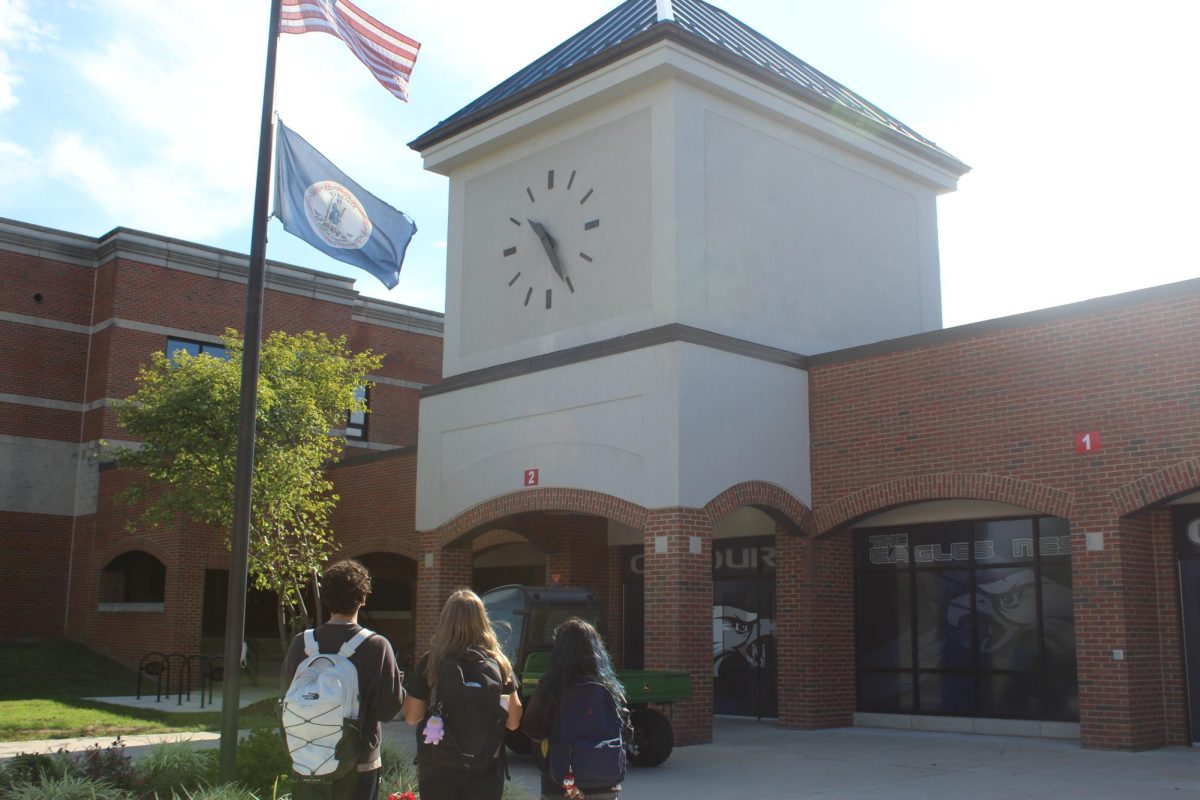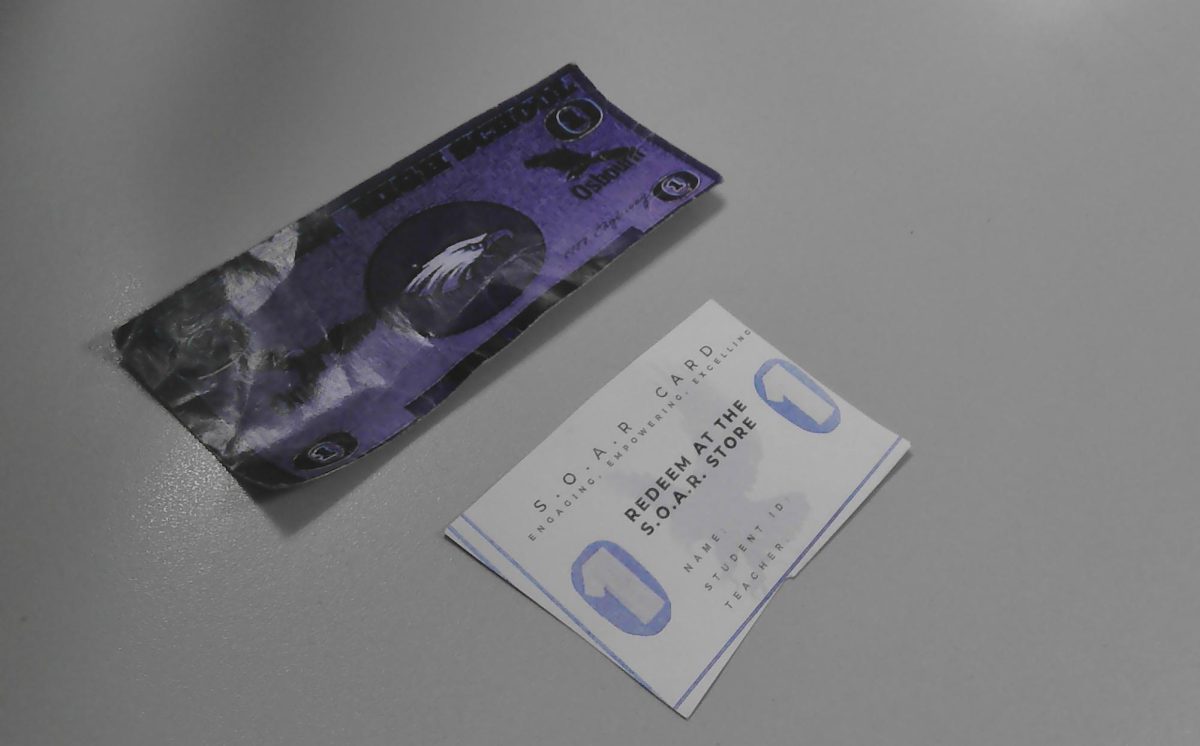Museums can act as windows to the past, preserving history while revealing how it continues to shape the present. The National Museum of African American History & Culture shares the powerful struggles and accomplishments of the African American community. It helps visitors gain insight as well as a deeper understanding of how African Americans have an impact on the world today.
The unique architecture and powerful collections are used to tell stories of resilience and achievement. The design and exhibits connect to each other, making the themes deeply impactful. “The architecture of the museum is also part of the storytelling. The building itself is designed to reflect African American history, culture, and resilience. The building was inspired by a variety of African themes, linking back to its roots. The lattice exterior was used to represent the ironwork that enslaved African Americans within the South. The location itself has been placed specifically near monuments in which the African American story is connected to the heart of the American story,” said Mr. Johnson, a history teacher at OHS.
Students and teachers can learn valuable lessons from visiting the museum, such as the importance of recognizing injustice. These lessons inspire students to value equality and use their voices to take a stand against prejudice today. “A valuable lesson that I learned is that even though everyone is different, we all need to accept each other as human beings regardless of said differences,” said Avana Diaz, a freshman at OHS.
The museum gives a voice and sheds light on stories and events in history that were silenced or ignored, always through a lens of authenticity and pure reality. “It’s important to tell the truth even if it’s hard,” explained Dr. Wallace, a history teacher at OHS.
The museum emphasizes that understanding and addressing these realities is necessary before a truly equal and just society can be achieved. The African American museum challenges the concept that the United States lives in a post-racial society by showing that racism and inequality have shaped the past and still continue to influence the present. “The African American Museum challenges this concept by having its timeline start from the beginning and move forward to present-day inequality,” said Nahshon Hicks, a sophomore at OHS.
It has become clear that the museum directly challenges that idea. Through the exhibits, the museum highlights how racism and injustice have continued, even after slavery and Jim Crow laws. “The exhibits show that while progress has been made, racism and inequality are not just part of the past, but continue to shape the present,” said Mr. Johnson.
The National Museum of African American History & Culture uses its collections to show how deeply the fight for human rights and justice is related to African American history. Through the artifacts and images, it exposes the harsh but very educational truths of slavery, segregation, and racism while also celebrating the strength that challenged them as well. Each exhibit pushes visitors to think deeply about freedom and equality, making it clear that the struggle against injustice is not just history, but it is still an ongoing fight today. “This museum presents artifacts, stories, and cultural expressions that connect the African American experience to larger struggles for freedom and equality. The museum’s exhibitions are organized chronologically and thematically, showing how the history of slavery, segregation, and the civil rights movement relates to ongoing issues of social justice today,” said Mr. Johnson.
The National Museum of African American History & Culture also uses its collections and artifacts to highlight the personal stories and struggles of individuals throughout history that were hidden or ignored. Instead of only focusing on major events, the museum shares artifacts, letters, and firsthand storytelling that show the real experiences of people who lived through slavery, segregation, and the civil rights movement.” The Museum uses its contents to promote the African American people’s individual struggles,” said Hicks. These individual stories make history feel more real and personal, showing both the hardships and the strength of African Americans. By doing this, the museum honors their voices and promotes justice while doing it.
This museum often stands out to people because it reaches them on a personal level in ways that are hard to put into words. The museum can create a sense of connection that feels deep and meaningful. “The wall that showed how much the owners were selling slaves for stood out to me the most,” said Dr. Wallace.
Overall, the National Museum of African American History & Culture is not only a place of learning but also a powerful reminder of history, resilience, and culture. It continues to educate people of all backgrounds while making a lasting, positive impact on the African American community.
Have you visited this museum? Tell us in the comments!














Meagan Ball • Oct 27, 2025 at 11:38 am
So important to know our history before any museum exhibits get changed.
Henna Exley • Oct 9, 2025 at 9:58 am
I’ve been to the National Museum of African American History & Culture, and this article makes me want to go again. It’s well-written and puts the museum in a positive light. It’s not just a boring museum, it’s a preserver of history.
Adriana Rich • Oct 7, 2025 at 11:43 am
I’ve never been but after reading this article I am very persuaded to visit!